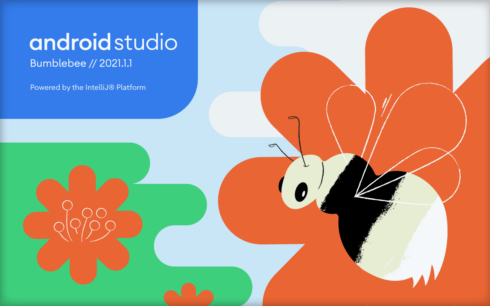
The Android development team has announced that the latest version of its IDE, Android Studio, is now available. Android Studio Bumblebee 2021.1.1, which is the codename for the release, improves functionality for building and deploying, profiling and inspection, and design.
One new feature for building and deploying is the new Device Manager, which makes it easier to manage virtual and test devices. This new tool has both Virtual and Physical features. Virtual features include creating a new device, reviewing device details, and deleting a device. Physical features include pairing to a new device using ADB Wi-Fi to see details and inspecting a device’s file system using Device File Explore.
In addition, the Android Gradle Plugin Upgrade Assistant, which helps developers keep their projects current with the latest version, now checks for and offers to update domain-specific languages (DSLs) to avoid developers using deprecated APIs in their apps.
Other new features related to the build and deploy theme include a simplified flow for connecting devices over Wi-Fi for deployment using ADB, the ability to run instrumented tests using Gradle, non-transitive R classes are now turned on by default, the Emulator tool window is enabled by default, and updated support for Apple Silicon.
In the profile and inspect category of updates, when a developer profiles a device that is running Android 11 or later, the profiler will show a new track group that illustrates the stages of each frame. Each frame is labeled with a frame number and is color-coded for easier visualization.
Also, the Background Task Inspector now can inspect Jobs, Alarms, and Wakelocks, giving information on how those tasks are scheduled and their execution.
In addition, there is now app profiling support in Studio Profilers, the Network Profiler has been migrated to the App Inspection tool window, developers can take snapshots of their app’s layout hierarchy, and support has been added for Compose Semantics in the Layout Inspector.
The final theme of this release is design. This release introduces the ability to interact with specific components of a Compose layout. This enables developers to validate behavior without having to build and deploy full applications to a device.
There is also now a preview window for viewing vector drawables, which helps with testing animations before they are used in an app. The team also updated the device picker in design tools with reference devices for popular devices of various sizes.
More information about Android Studio Bumblebee is available in this blog post.






